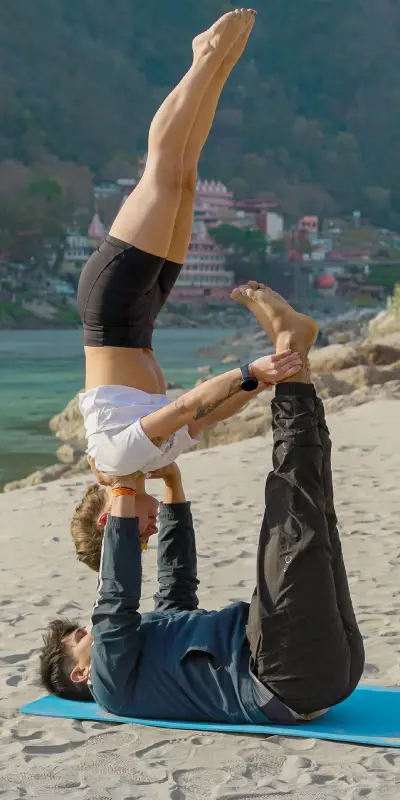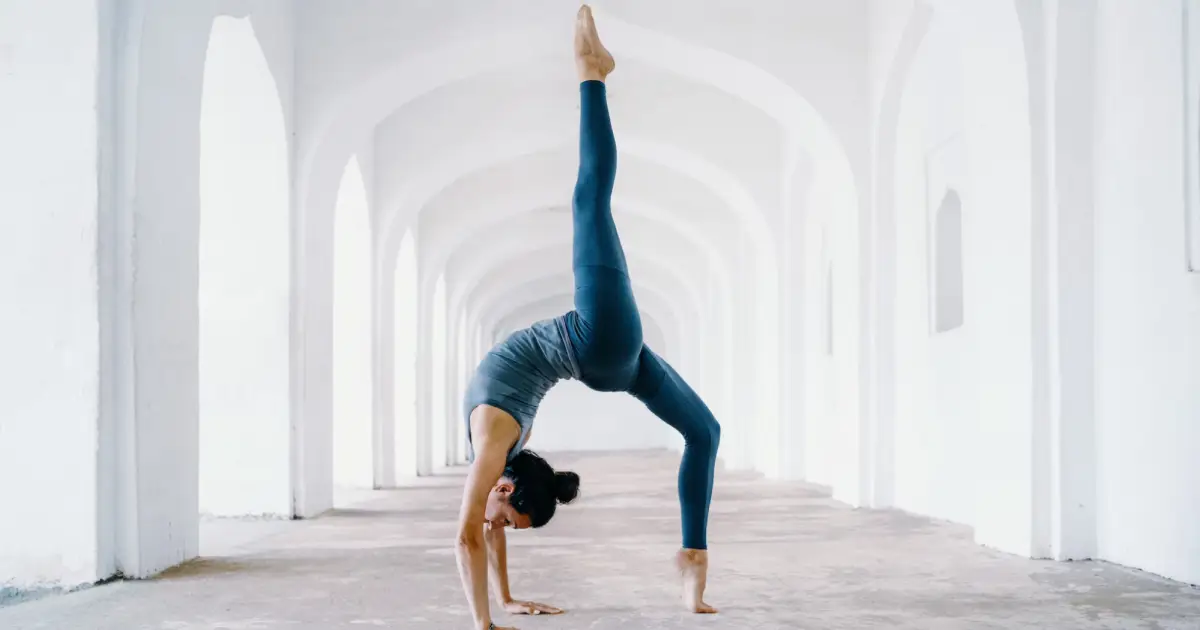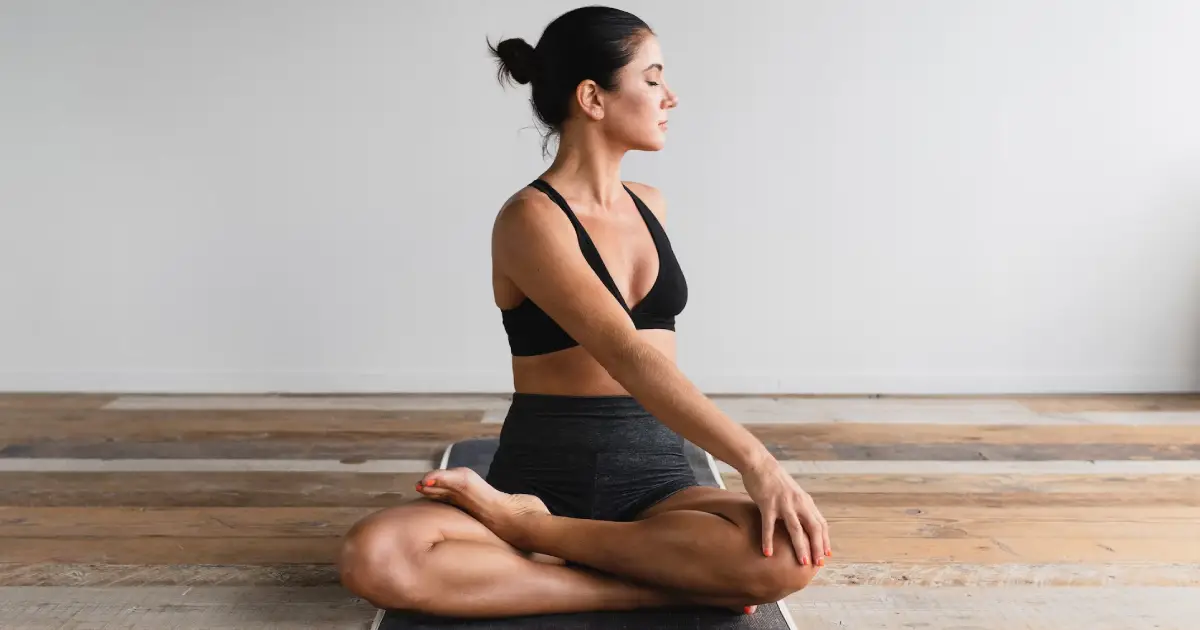
Get A Free Quote


We live in an era where, unfortunately, globally, an estimated 280 million people suffer from depression and anxiety. According to the WHO, the onset of COVID-19 further increased this number by 25% in the first year. Your mental health is just as important as your physical health, your ability to cope with stress and your relationships with others. Mental health problems can range from mild to severe, and they can affect people of all ages.
Yoga is a mind-body practice that combines physical postures, breathing exercises, and meditation. It has been shown to be effective in reducing stress, anxiety, and depression. Yoga can also help improve sleep, increase energy levels, and boost self-esteem.
Yoga's effectiveness as a treatment for mental health issues is being increasingly studied. According to a 2019 review of 105 studies, yoga is effective at easing the signs of anxiety and depression. The review also discovered that yoga was helpful for managing pain, enhancing quality of life, and enhancing sleep.
Yoga was effective in easing the signs of post-traumatic stress disorder (PTSD), according to a different review that was published in 2020. The review also discovered that yoga was effective in improving the quality of life and social functioning of people with PTSD.
These are just a few examples of studies on the use of yoga for mental health conditions. The research is still ongoing, but the results so far are promising. Yoga is a safe and effective way to improve mental health and can be used in conjunction with traditional therapy.
Yoga can be a helpful addition to conventional treatments for depression, but it is typically not advised to use yoga exclusively in place of antidepressant medications. According to anecdotal evidence, regular yoga practice has helped some people get relief from the symptoms of depression. Scientific research, however, emphasizes that yoga should not take the place of prescribed medications. Yoga can elevate mood and lessen symptoms, according to studies, but it might not have the same clinical effectiveness as antidepressants. Consultation with a healthcare professional is required to develop a comprehensive treatment plan that takes into account the benefits of both approaches for the best results.
Shavasana Practice (Corpse Pose): Starting with Shavasana helps to relax the body and mind, setting a calm foundation for the practice.
Sun Salutations (Surya Namaskar): Sun Salutations are a series of linked yoga poses that provide a complete body workout. They promote flexibility, strength, and circulation.
Asanas: The listed asanas (poses) have various benefits. Bhujangasana (Cobra Pose) and Shalabhasana (Locust Pose) can help alleviate anxiety and depression by opening the chest and improving breathing. Ardhamatsyendrasana (Half Lord of the Fishes Pose) helps with spine flexibility and digestion. Paschimottasana (Seated Forward Bend) and Dhanurasana (Bow Pose) stretch and strengthen the back.
Ushtrasana (Camel Pose): This pose can open the heart, release tension in the front of the body, and increase lung capacity.
Trikonasana (Triangle Pose): Is a balancing and stretching pose that can help with anxiety and stress.
Veerasana (Hero Pose): This pose promotes focus and concentration.
By breathing through alternate nostrils, the nervous system can be balanced and stress can be reduced. You can read more about the advantages and the detailed procedure here.
This "ocean breath" technique promotes relaxation and mindfulness.
"Right Nostril Purak followed by Bhramari Rechak" is a breathing exercise that involves inhaling through the right nostril and exhaling while humming during Bhramari Pranayama. This combination is thought to help with energy balance, focus, and relaxation. You can learn more here
Yoga provides effective stress and anxiety management techniques by combining breath control and mindfulness.
Deep Breathing: Inhale deeply through your nose, filling your lungs, and exhale slowly through your mouth. Focus on the rhythm of your breath to induce relaxation.
4-7-8 Breath: Inhale for 4 counts, hold for 7 counts, and exhale for 8 counts. This technique calms the nervous system.
Alternate Nostril Breathing: Close one nostril while inhaling, then switch and exhale through the other nostril. This technique helps to balance energy and reduces stress.
Body Scan Meditation: Focus on each part of your body, releasing tension as you breathe through it.
Guided Visualization: Imagine a peaceful scene or place, engaging your senses to create a calming mental space.
Mindful Walking: Walk slowly and deliberately, focusing on each step and your surroundings.
The question on your mind is probably, How often should you practice yoga for depression relief? Think about the following suggestions to get the best results from yoga's ability to relieve depression:

Here is a yoga routine for beginners that you can practice at home to help with anxiety. This sequence includes gentle poses and breathing exercises to promote relaxation and calmness. Remember to listen to your body and never push yourself into discomfort.
Sit comfortably and close your eyes. Breathe deeply through your nose and exhale slowly through your mouth. Keep breathing mindfully to relax and clear your mind.
Come onto your hands and knees, then sit back on your heels, reaching your arms forward and lowering your chest towards the floor. Allow your forehead to rest on the mat. Breathe deeply, feeling a gentle stretch in your back and hips. This pose promotes relaxation and a sense of surrender.
Move to a tabletop position with your wrists under your shoulders and your knees under your hips. Inhale as you arch your back, lifting your tailbone and chin (Cow Pose), and exhale as you round your spine, tucking your chin to your chest (Cat Pose). Flow between these poses, syncing your breath with your movement.
Standing upright, bend forward at the hips so that your upper body hangs over your legs. The knees should be bent as far as possible. Relax your neck and head. This relaxation-inducing pose eases tension in the back and hamstrings.
Lay on your back close to a wall and raise your legs up the wall. Maintain a few inches between your hips and the wall. Arms at sides relaxed. Focus on your breathing while closing your eyes. The nervous system can be soothed by using this mild inversion. Here are a few more poses for beginners to try.
Practicing yoga can lower stress levels for adults with chronic pain, according to a 2022 study in the Mindfulness Journal. Participants who practiced yoga for 8 weeks reported significantly lower stress levels compared to those who didn't. Yoga relaxation strategies can lower stress hormones, resulting in a calmer body and mind through controlled breathing, meditation, and gentle movements.
Yoga can reduce anxiety and depression symptoms. It combines physical postures, breathing exercises, and mindfulness techniques to boost mood and promote emotional well-being.
Yoga emphasizes being present in the moment and cultivating mindfulness. This practice helps individuals become more attuned to their thoughts, feelings, and sensations, reducing rumination and promoting a nonjudgmental acceptance of the present.
Yoga teaches people to observe and manage their emotions without reacting rashly. This leads to improved emotional regulation, which allows people to respond to challenges in a more balanced and constructive manner.
Yoga promotes introspection and self-reflection. Individuals gain insight into their thought patterns, habits, and sources of stress as they become more aware of their bodies and minds, which can lead to personal growth and positive change.
Yoga helps build resilience and coping skills to handle life's challenges.
Yoga's relaxation techniques and stress-reduction benefits can improve sleep quality. Regular practice can help people fall asleep faster and sleep deeper and more restoratively.
Yoga promotes a non-judgmental, non-competitive environment that promotes self-acceptance and self-love. This can eventually result in higher self-esteem and a more positive self-image.
Yoga communities and group classes offer opportunities for social interaction and support, lowering feelings of isolation and fostering a sense of belonging.
Yoga is linked to enhanced cognitive function and brain health. Exercise, mindful breathing, and meditation can help with memory, attention, and cognitive flexibility.
Yoga stands out in the field of mental health as a holistic practice that promotes inner peace. A potent toolkit for easing the burdens of depression and anxiety is provided by its combination of physical activity, mindful awareness, and relaxation techniques. People can start down a transformative path to better mental health by incorporating yoga into their daily lives.